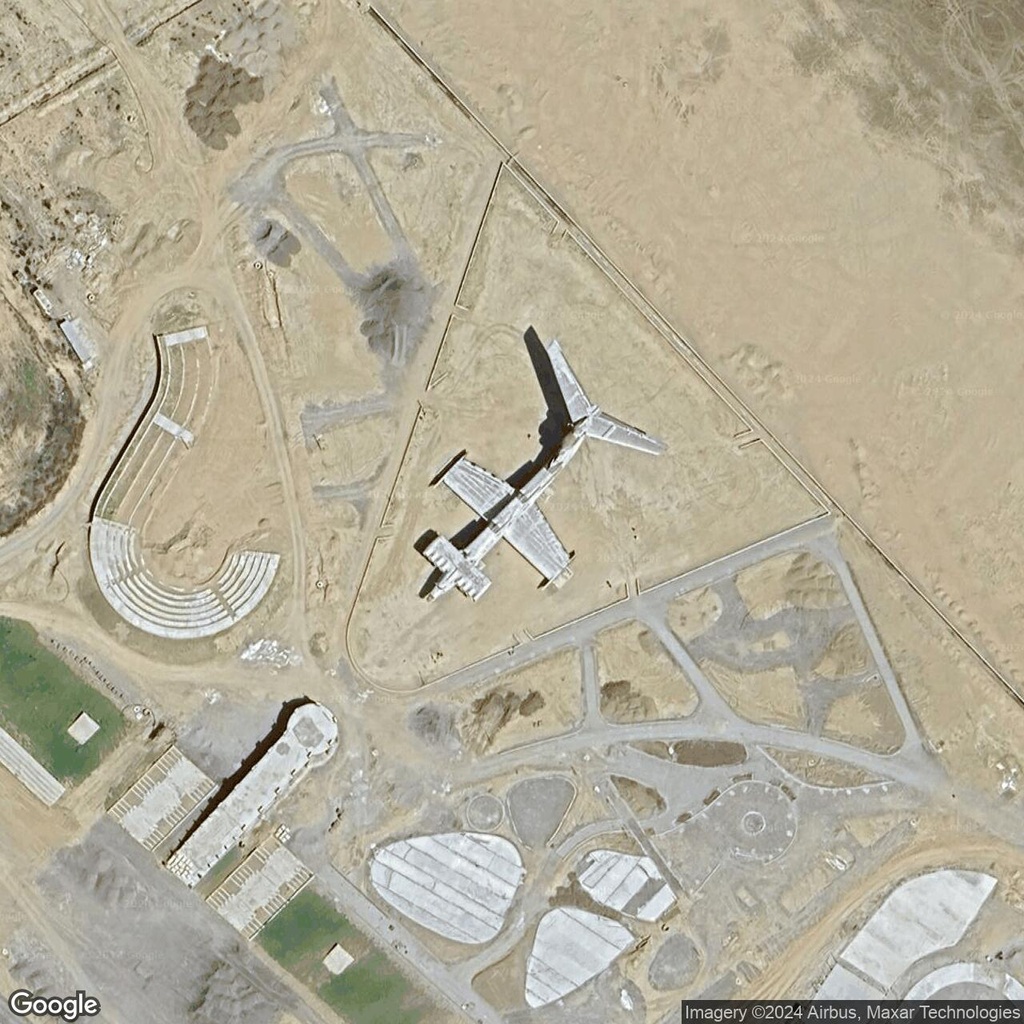The Caspian Sea Monster: A Soviet Relic in Dagestan
| Location: | Derbentsky District, Republic of Dagestan Russia |
|---|---|
| Coordinates: | Latitude, Longitude 41.9401510, 48.3784576 |
The Caspian Sea Monster: A Soviet Aviation Marvel
Resting on the shores of the Caspian Sea in Dagestan lies one of the most remarkable relics of Soviet engineering: the Lun-class Ekranoplan, famously nicknamed the Caspian Sea Monster. This colossal ground-effect vehicle, a hybrid between a plane and a ship, was once a symbol of Cold War innovation, designed to dominate the seas with unmatched speed and stealth. Today, it stands as a fascinating testament to an ambitious era of aviation history.
What Is the Lun-Class Ekranoplan?
The Lun-class Ekranoplan is a type of ground-effect vehicle (GEV), utilizing aerodynamic lift from the ground effect—a phenomenon occurring when an aircraft flies close to a surface, such as water. Built in the 1980s, it was designed to travel just meters above the water at speeds of up to 550 km/h (340 mph), making it undetectable by conventional radar systems.
This particular model, the MD-160, was outfitted with six missile launchers, earning its reputation as a maritime weapon. Its primary mission was to patrol and protect Soviet waters, but with the collapse of the USSR, the project was abandoned, and the Lun was retired in the 1990s.
Key Features of the Caspian Sea Monster:
- Massive Size: Measuring 74 meters (243 feet) in length, it’s one of the largest ground-effect vehicles ever built.
- Unique Design: Its fuselage resembles an aircraft, while its ability to skim the water gives it the functionality of a ship.
- Cold War Legacy: Initially developed as part of a classified Soviet program, the Lun-class was envisioned as a game-changer in naval warfare.
The Lun’s Current Location
The Caspian Sea Monster now rests at Derbent, Dagestan, where it has become an unofficial tourist attraction. While there were discussions about turning it into part of a maritime museum, the ekranoplan remains in a somewhat neglected state, adding an air of mystery and melancholy to this historic relic.
Fun Facts About the Caspian Sea Monster:
- It earned its nickname from Western intelligence agencies, who first spotted it during test runs in the Caspian Sea.
- Despite its size, the ekranoplan could fly just 4–5 meters (13–16 feet) above the water.
- The Lun-class was part of a series of Soviet ekranoplans, including the earlier KM model, which also astonished observers with its massive dimensions.
A Monument to Ambition
The Caspian Sea Monster is more than just a Cold War artifact—it’s a symbol of human ingenuity and the boldness of Soviet engineering. Whether you’re exploring Dagestan or marveling at this relic virtually, the Lun-class ekranoplan offers a rare glimpse into a bygone era of innovation and ambition. Learn more about the Caspian Sea Monster on Wikipedia.



Comments:
No comments yet.